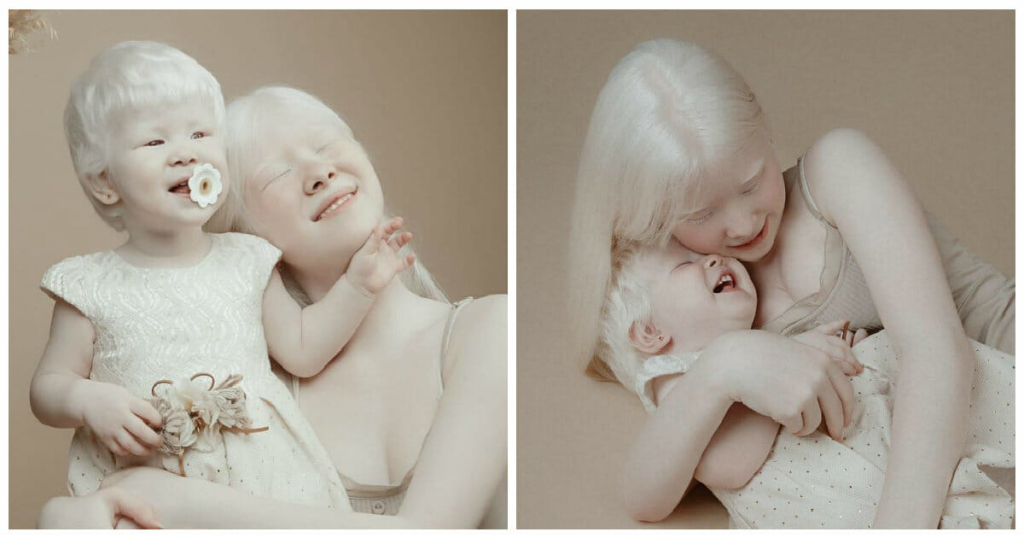Dogs’ brains are sensitive to the familiar high-pitched “cute” voice tone that adult humans, especially women, use to talk to babies, according to a new study.
The research, published recently in the journal Communications Biology, found “exciting similarities” between infant and dog brains during the processing of speech with such a high-pitched tone feature.
Humans tend to speak with a specific speech style characterised by exaggerated prosody, or patterns of stress and intonation in a language, when communicating with individuals having limited language competence.
Such speech has previously been found to be very important for the healthy cognitive, social and language development of children, who are also tuned to such a high-pitched voice.
But researchers, including those from the Eötvös Loránd University in Hungary, hoped to assess whether dog brains are also sensitive to this way of communication.
In the study, conscious family dogs were made to listen to dog, infant and adult-directed speech recorded from 12 women and men in real-life interactions.
As the dogs listened, their brain activities were measured using a functional magnetic resonance imaging (fMRI) scan.
The study found the sound-processing regions of the dogs’ brains responded more to dog- and infant-directed than adult-directed speech.
This marked the first neurological evidence that dog brains are tuned to speech directed specifically at them.
“Studying how dog brains process dog-directed speech is exciting, because it can help us understand how exaggerated prosody contributes to efficient speech processing in a nonhuman species skilled at relying on different speech cues,” explained Anna Gergely, co-first author of the study.
Scientists also found dog- and infant-directed speech sensitivity of dog brains was more pronounced when the speakers were women, and was affected by voice pitch and its variation.
These findings suggest the way we speak to dogs matters, and that their brain is specifically sensitive to the higher-pitched voice tone typical to the female voice.
“Remarkably, the voice tone patterns characterizing women’s dog-directed speech are not typically used in dog-dog communication – our results may thus serve evidence for a neural preference that dogs developed during their domestication,” said Anna Gábor, co-first author of the study.
“Dog brains’ increased sensitivity to dog-directed speech spoken by women specifically may be due to the fact that women more often speak to dogs with exaggerated prosody than men,” Dr Gabor said.

Albino sisters born 12 years apart become modeling sensations

They may have been born more than a decade apart, but these siblings still have one remarkable thing in common.
Albinism is a rare genetic disorder that causes a lack of pigmentation in the skin, eyes and/or hair, giving albino people a unique look:

It’s very rare to have an albino child… which makes it remarkable that one Kazakh couple had not one, but two albino children 12 years apart.
Meet Asel and Kamila, the incredibly unique siblings that have turned into in-demand models:
Asel is the older sibling at 14. Her mother, Aiman Sarkitova, said she was stunned when she was born albino.
“When I gave birth to my eldest, genetics were not so developed with us,” she told the Daily Mail. “It is developing only now. The doctors were shocked.”
Imagine their surprise when, 12 years later, Kamila was born with the same condition.
It’s an incredible, striking sight to see these two siblings together—so the two teamed up and became a modeling duo.
Asel has already been modeling since she was 10, but with her 2-year-old sister at her side she’s become even more in-demand. The pair have over 33,000 followers on Instagram.

While their albinism has led to big success, it’s not always easy. The condition is also associated with medical conditions like a sensitivity to sunlight.
“If I go outside in the afternoon, then I definitely apply sunscreen, put on clothes to protect my skin, headgear or use an umbrella,” Asel said.
“In the evening, when there is almost no sun, it’s much easier for me.”
But through whatever ups and downs life throws at them, they’ll always have each other.
The condition is so rare that albino people can feel alone, but these two sisters are lucky that they’ll always have a family member just like them.
And hopefully, their success as models will shed some light on albinism and show how uniquely beautiful albino people can be.
“Many people do not know what albinos are,” Asel said.
We think these sisters are stunning! Share this remarkable story and beautiful photos!




 A birthday is a time to celebrate and feel loved. It’s an opportunity to appreciate the wonder and uniqueness within yourself. While
A birthday is a time to celebrate and feel loved. It’s an opportunity to appreciate the wonder and uniqueness within yourself. While
Leave a Reply